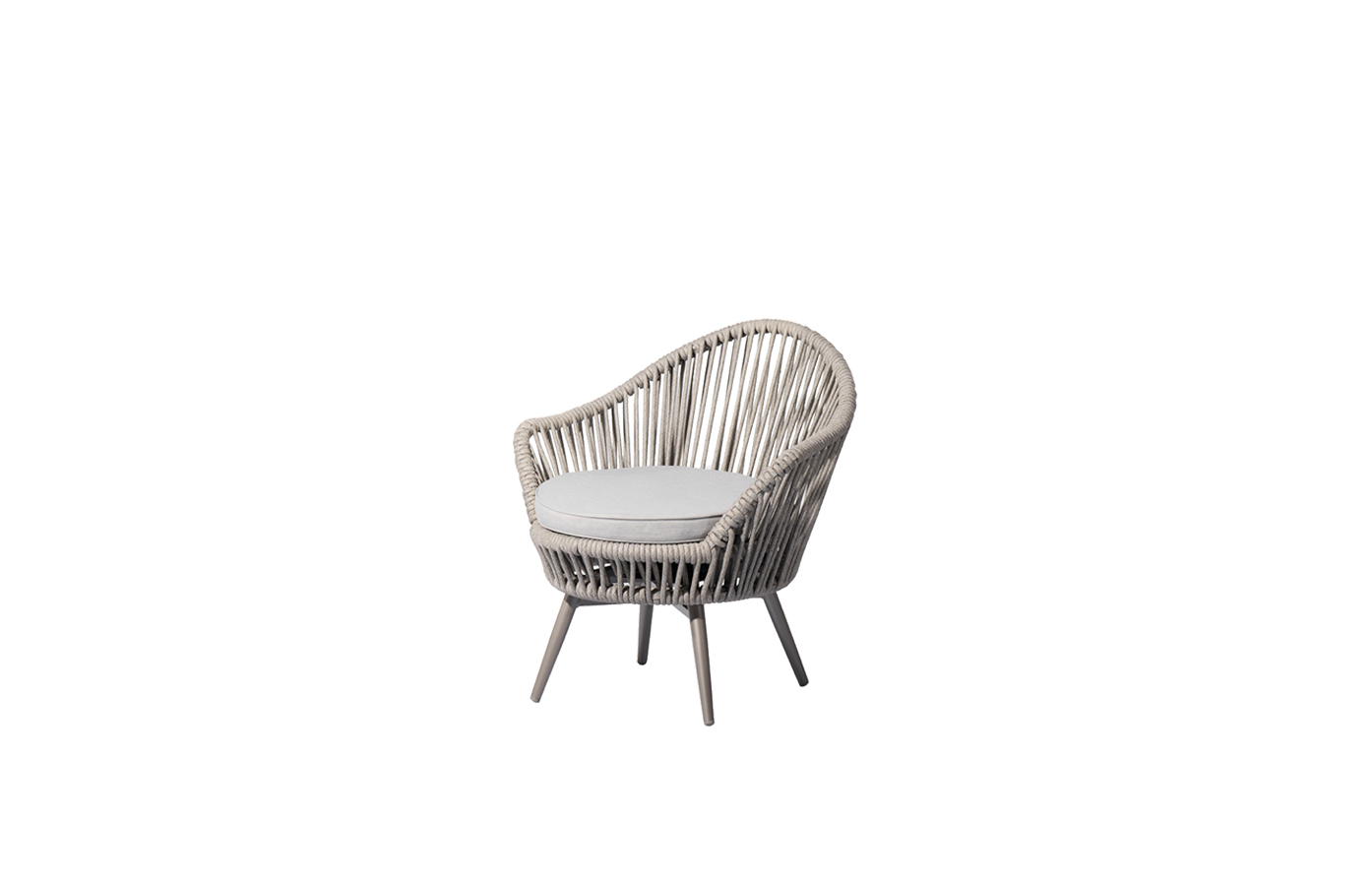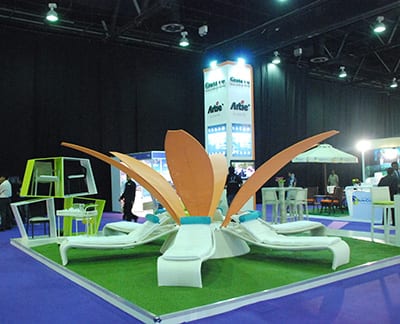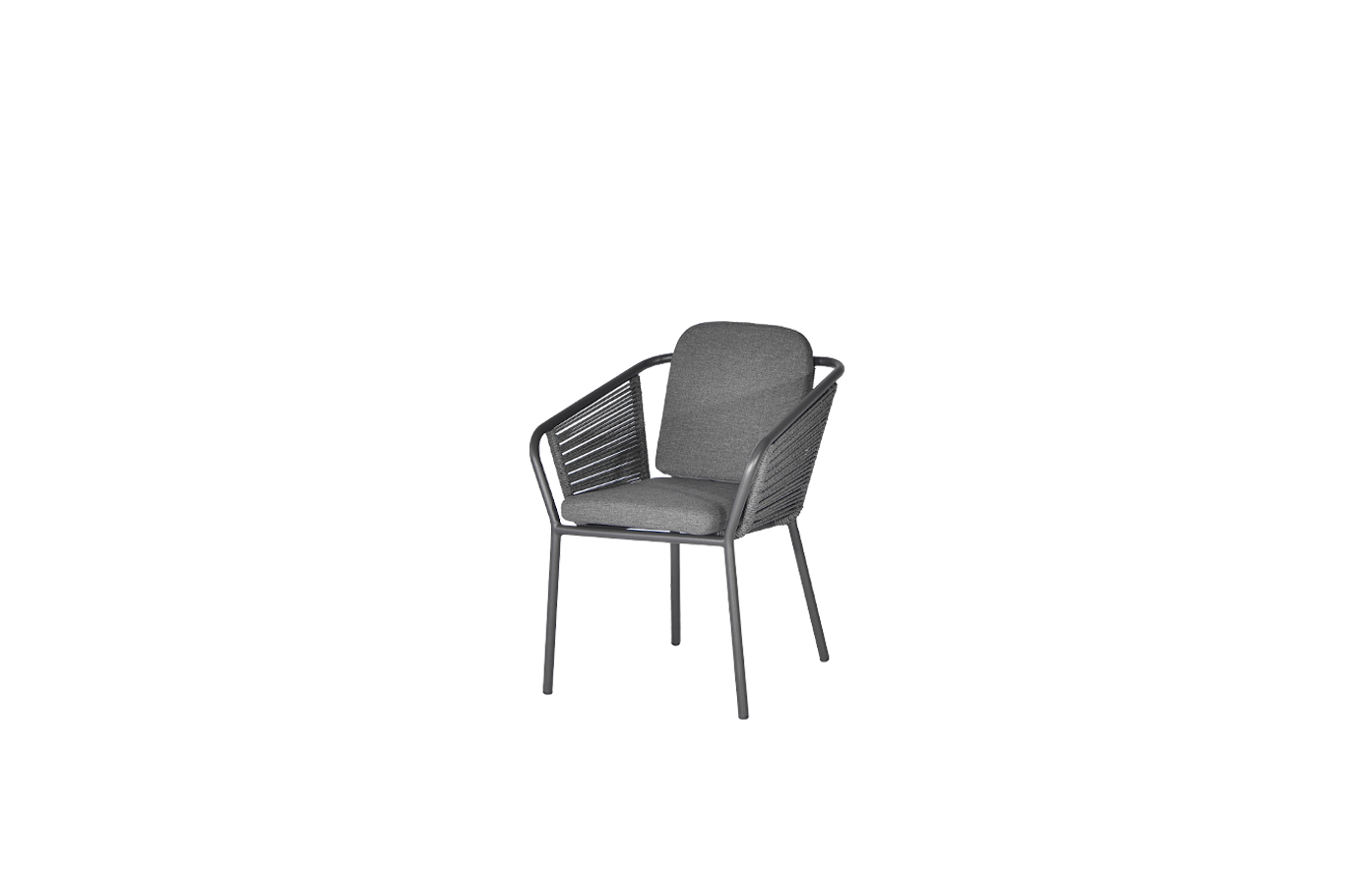
Exploring the Evolution and Elegance of Lounge Spaces: Creating Retreats of Comfort and Productivity

Exploring the Evolution and Elegance of Lounge Spaces: Creating Retreats of Comfort and Productivity
In today’s fast-paced world, finding moments of respite and tranquility becomes essential for our well-being. Whether it be in our homes, workplaces, or public spaces, the concept of a lounge continues to play a significant role. Often associated with a sense of relaxation and comfort, lounges have evolved from traditional parlors to versatile spaces that cater to various needs. In this article, we will delve into the intriguing history and transformation of lounge spaces, exploring their design elements, their significance in different settings, and how they have seamlessly blended leisure with productivity.
The origin of lounges can be traced back to the 16th century, where luxurious drawing rooms adorned by the upper class would often serve as areas for relaxation and entertainment. During this era, lounges primarily catered to social gatherings, allowing individuals to engage in conversations or participate in leisurely activities. These spaces were characterized by plush furniture, ornate decorations, and an ambience that exuded exclusivity.

Exploring the Evolution and Elegance of Lounge Spaces: Creating Retreats of Comfort and Productivity
As time progressed, the purpose and design of lounges underwent significant transformations. In the early 20th century, the rise of social clubs and hotels popularized the concept of public lounge spaces. These venues aimed to provide a haven for guests to unwind, read and enjoy a drink, or engage in conversation. The Art Deco movement greatly influenced the design of these lounges, emphasizing sleek lines, geometric shapes, and opulent materials. The iconic lounge settings of this era became epitomes of glamour and sophistication.
In recent years, the proliferation of co-working spaces and the changing dynamics of workplaces have revolutionized the concept of lounge spaces once again. Nowadays, lounges are not limited to homes or hotels; they have become integral parts of modern offices, fostering collaboration, creativity, and employee well-being. With the incorporation of ergonomic furniture, integrated technology, and adaptable layouts, offices are now recognizing the importance of providing spacious, comfortable lounges where employees can relax, brainstorm, or hold informal meetings. These spaces have become a retreat from formal workstations, encouraging productivity and fostering a sense of community among colleagues.
Beyond offices, various other public spaces have embraced the concept of lounges, each with its distinct charm and purpose. Airports, for instance, have integrated lounges to cater to travelers seeking solace before or between flights. These airport lounges offer comfortable seating, amenities, and sometimes even private suites, allowing passengers to unwind, catch up on work, or indulge in a moment of relaxation amidst the chaos of traveling. Similarly, educational institutions, libraries, and recreational centers have also introduced lounges, recognizing their potential as areas for study, contemplation, or casual socialization.
The design elements that contribute to successful lounge spaces have also evolved alongside their purpose. While comfort and aesthetics have always been essential, modern lounges incorporate advanced technologies, lighting systems, and flexible layouts to adapt to the changing needs of users. Natural elements, such as indoor plants and ample natural lighting, create a soothing atmosphere, while clever use of color schemes and materials provide a sense of identity and cohesiveness. The placement of furniture, dividers, and acoustic solutions ensure privacy without compromising on the openness and connectivity that define lounges.
As lounge spaces continue to transform, it becomes vital to strike a balance between relaxation and productivity. While the lounge may evoke a sense of leisure, it is increasingly becoming a place where work and creativity find a home. The adaptability of these spaces to cater to diverse needs underscores their significance in both personal and professional settings. By offering moments of escape and a departure from the conventional, lounges have proven to be integral in enhancing our overall well-being and quality of life. Safari Outdoor Sofa Set
